Up Next

As Fernando Alonso heroically battled in the lower reaches of the Bahrain Grand Prix top 10 before sliding backwards in an ailing Alpine, then gave bullish soundbites afterwards, it was fair to wonder what was really different about his Formula 1 comeback compared to the McLaren situation he walked out of at the end of 2018.
But were such conclusions far too abrupt, given the major reset coming up with the 2022 regulations? Or are we already seeing enough to suggest that the double F1 champion’s return is just going to be an entertaining cameo rather than something that brings tangible success?
Our writers give their verdicts.
Alonso needed to hop on the F1 bus before it left for good
Mark Hughes
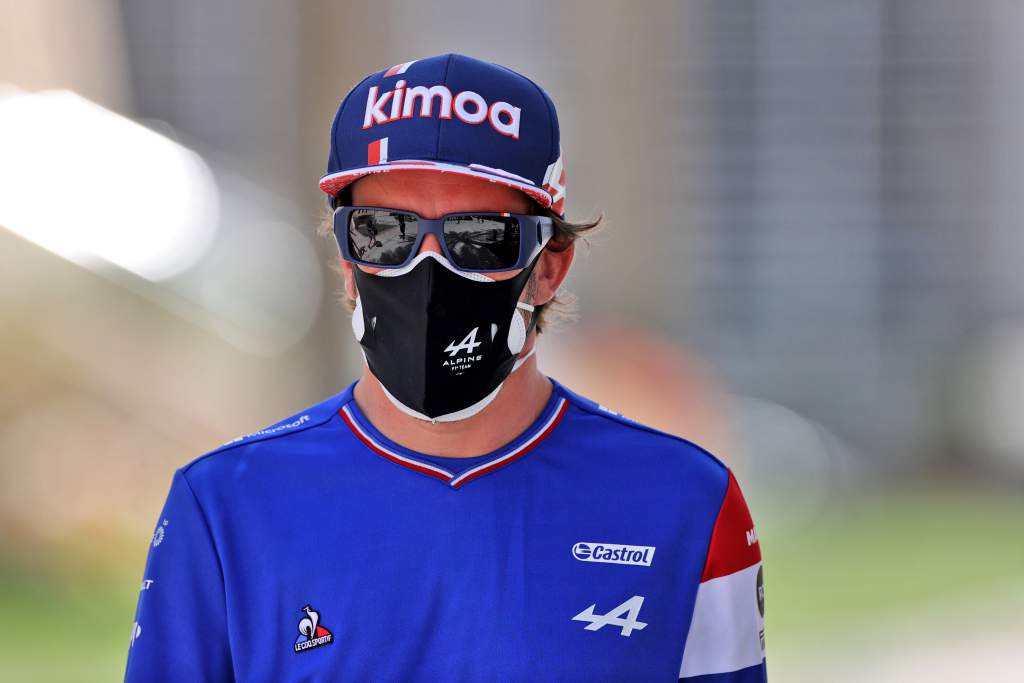
Alonso’s immediate prospects aren’t so very different now to when he left at the end of 2018, no. They might take a step up in 2022, but there’s no guarantee about that either. But had he not rejoined F1 this year, it’s unlikely he would have got another chance.
The domino effect of Sebastian Vettel’s Ferrari contract not being renewed ultimately created a space at Alpine that would not otherwise have been there.
Alonso needed to get onto the F1 bus before it left without him. He’d already missed out two stops after stepping off it. He was unlikely to be able to ever get back on it if he missed out three.
This way he at least keeps himself in play, he can give his all in striving to make the Alpine programme a success and still be in the game as an active and current F1 driver. If other opportunities arise in future and he’s demonstrated something close to his previous levels of performance, then he could be in the frame in a way that would be unlikely had he continued his multi-year sabbatical.
His legacy is permanent but the halo still needs a polish for that stature to have any current relevance.
There was unfinished business and no better offers
Edd Straw
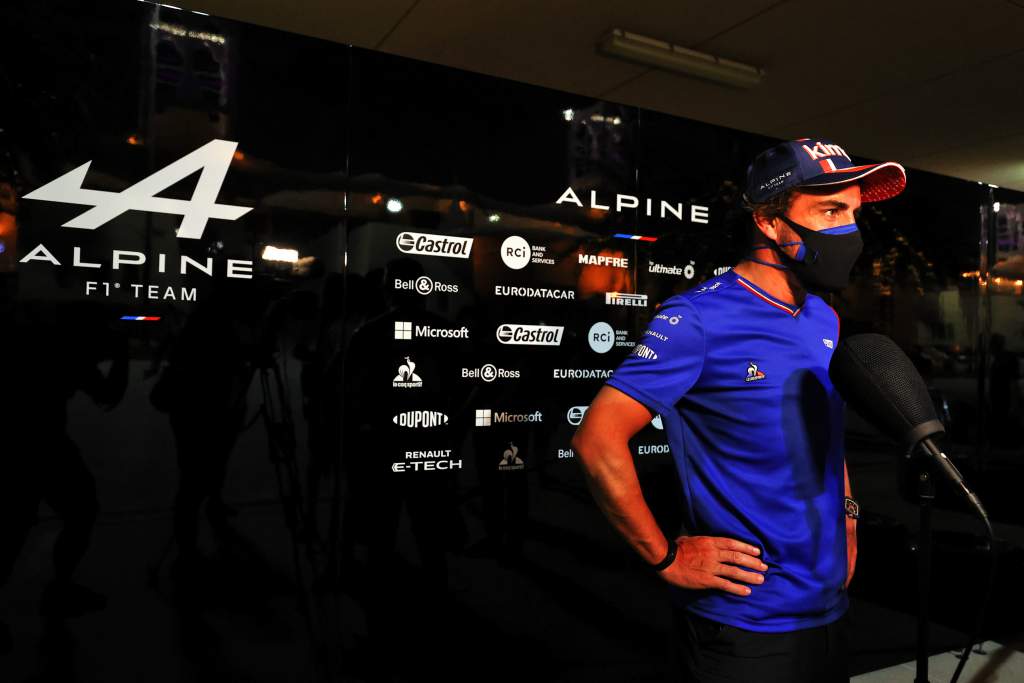
Alpine wouldn’t have been Alonso’s first choice for a Formula 1 comeback, or even his second, or third for that matter. But it was his best and therefore the only available option given he’s 39 and had to get back in the game in 2021 to have any chance of adding to his tally of grand prix victories and even contend for a championship again.
He definitely won’t be a title contender this year, and would likely require an outrageous slice of luck to win a race, but with the rules reset coming in 2022 there’s at least the possibility Alpine will be more competitive next year. If it is, then Alonso will be fully-integrated and race-sharp ready to make the most of it.
That this is a very big ‘if’ is by the by. For Alonso, it was either have one more crack at F1 with Alpine or give up on even a slender chance of winning that coveted third world championship. What’s more, by being an active driver delivering at a high level, he also keeps alive a vanishingly small chance that an established top team might need him.
Alonso was and still is a brilliant driver, but beggars can’t be choosers. When he walked away from McLaren, he still had a little time on his side but it was obvious there was unfinished business in grand prix racing.
Alpine was never going to be an easy path to further F1 success, but it was the best available. That fact won’t change, even if his comeback doesn’t pay off.
Unsatisfying deja vu
Valentin Khorounzhiy
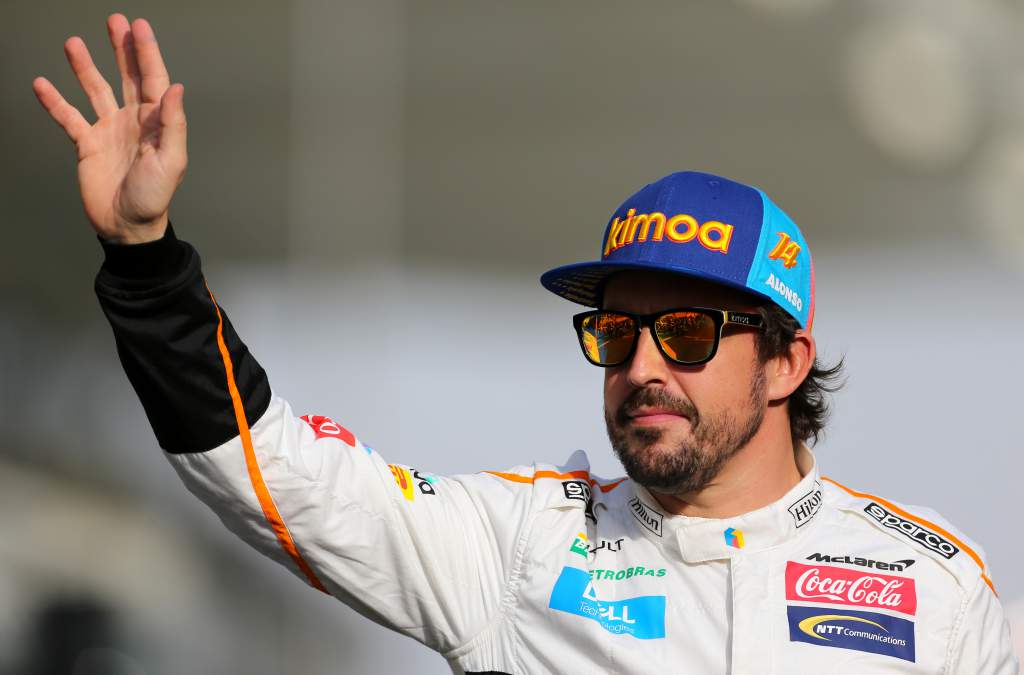
Take your mind back to 2018, as fed up Alonso walked away after four years of McLaren purgatory. No seats were available – as far as we know – commensurate to his obvious immense ability, but that’s certainly not how he painted his exit.
Instead, it was a departure to new pastures, to new, unique challenges that would allow him to leave a wider motorsport footprint. Hell, he even said he’d got offers from Red Bull and turned them down (although Red Bull did not concur with that version of events).
Three years on, what has changed exactly? Alonso has brilliantly won the 24 Hours of Daytona and took a WEC title and two Le Mans wins that can be described as relative gimmes due to Toyota’s strength, needing just to beat the team’s second car. On the flipside, he hasn’t really come closer to the elusive Indianapolis 500 triumph and though his Dakar appearance was very cool, it was also just a ‘sampler’ rather than a headline addition to such a glowing CV.
And now he’s back, in an F1 that looks little different to the one he’d left, and in a car that looks marginal for points, just like the one he left (okay, it’s not anywhere near that 2018 McLaren, but you get my point).
Either Alonso is the biggest believer around in both F1’s 2022 reset (and its stated aim of evening up the field) and his Alpine team, or, in an interpretation that seems most likely to me, he simply missed the glamour and attention that F1 provides. And that’s not that bad a reason to come back, really – but for the rest of us, neither 2021 nor 2022 look likely to change the arc and story of his career in any meaningful way.
Don’t equate this to the hopelessness of 2018
Glenn Freeman
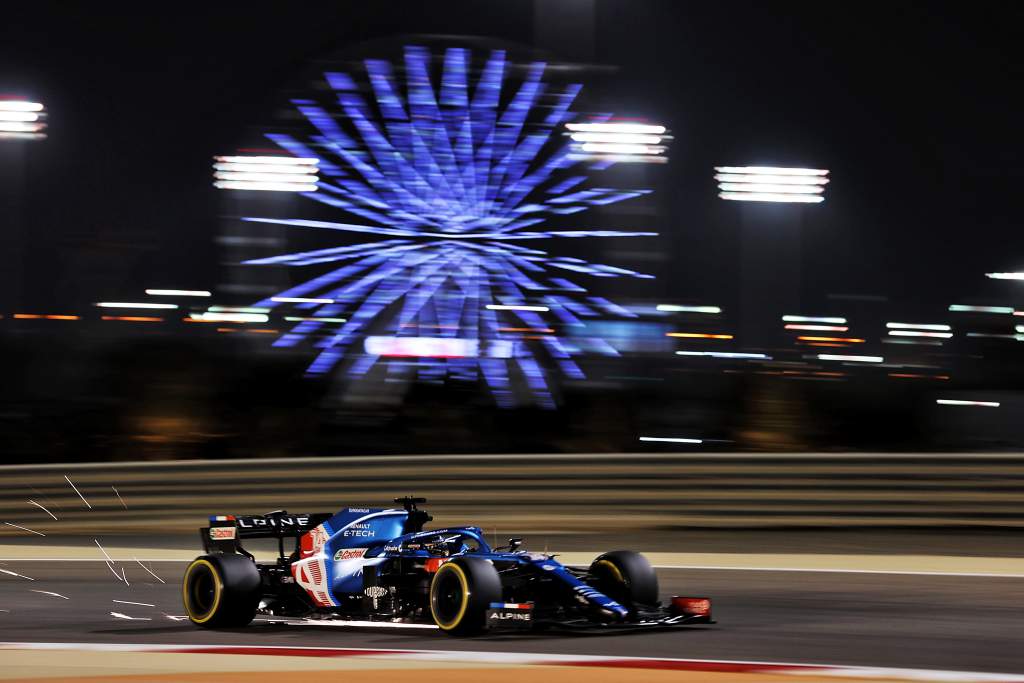
Alonso isn’t going to win races and championships in this final stint in F1. But it would be wrong to characterise this return as no better than the situation he left in 2018.
Alonso’s final years with McLaren were dreadful. Alpine hasn’t made the greatest start in F1’s ever-improving midfield in 2021, but Alonso will still be able to fight for meaningful results, and as he’s shown already, Q3 appearances. Now it will be interesting to see if he can lead the team up the order in the same way Daniel Ricciardo did during 2020.
He’s got something back that he didn’t have by the time he left McLaren: hope. Even with a big rule change, talk of race wins and titles seems beyond this team.
Everyone who isn’t Mercedes or Red Bull is hanging their hat on 2022 solving all of their problems, but they can’t all get it right, and we’ve not seen enough from Renault/Alpine in recent years to suggest ‘Team Enstone’ should be particularly high up the list of those most likely to take a big step with the new rules.
But we know this team is capable of podium finishes. That’s a realistic aim, and if Alonso can bag a few of those between now and when he retires from F1 for good, this will have all been worth it.
IndyCar move would’ve been better
Jack Benyon
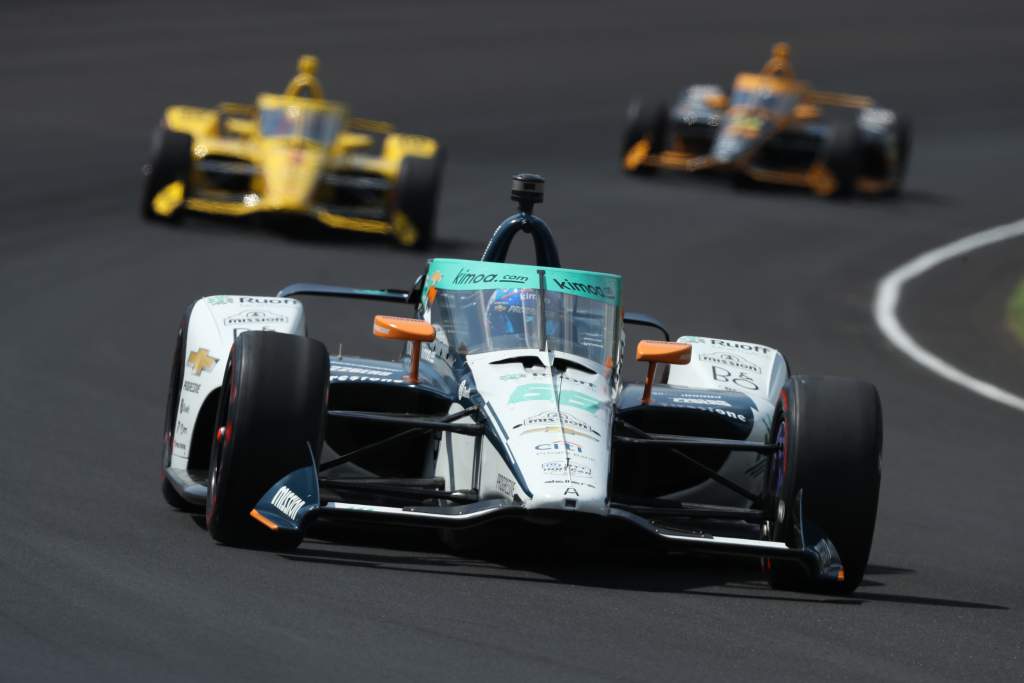
We all know how this is going to end. Alonso will be great but Alpine will continue to deliver sub-par machinery compared to the top teams and one of F1’s best drivers will be consigned to the midfield. Again.
He should have made a full-time switch to IndyCar.
Going back to F1 with a midfield team was never going to improve on his legacy, but what would have done that is winning in IndyCar and the Indianapolis 500. OK, he came away without milk in the past, but he of all people knows he has the talent to win that race, as he showed in 2017.
A shrewd competitor like Alonso would have many of the tools to take on Scott Dixon and Josef Newgarden in the ultra-competitive IndyCar Series title fight. And even if he didn’t win the championship, he’d have the opportunity to fight for wins every week.
Seeing his talent be wasted in non-top F1 machinery is heartbreaking.
And the two years he’ll be away from the 500 will probably mean he won’t return now sadly, as Alonso has made much more favourable noises of taking on the Dakar Rally again.
Shame, as IndyCar was the perfect place for a person in his position.
At least it’ll be a better send-off
Scott Mitchell

Even though I believe Alpine will fall short of its and Alonso’s ambitions, this is at least an opportunity for a more fitting farewell.
While ostensibly this is no different to what Alonso left in 2018 – a midfield team hoping (and failing) to achieve more than it can – it’s worth remembering just how bad and demotivating that McLaren season was. Sixth in the constructors’ championships masks the fact the team ended the year vying with Williams to avoid being the slowest qualifier. Alonso was actually a regular Q1 victim in the run-in…
Factor in no sign of F1’s fundamental competitive balance changing in the short-term and it’s easy to see why he grew so disillusioned.
If the choice for a two-time world champion’s method of bowing out of F1 is this gamble with Alpine or what he had with McLaren in 2018 then these prospects are definitely better.
It might not look much different to 2018 on the surface but it’s at least something more motivating, competitive and enjoyable – and comes with that glimmer of hope for ’22, with a major new rule change just around the corner.
Midfield heroics will do
Matt Beer
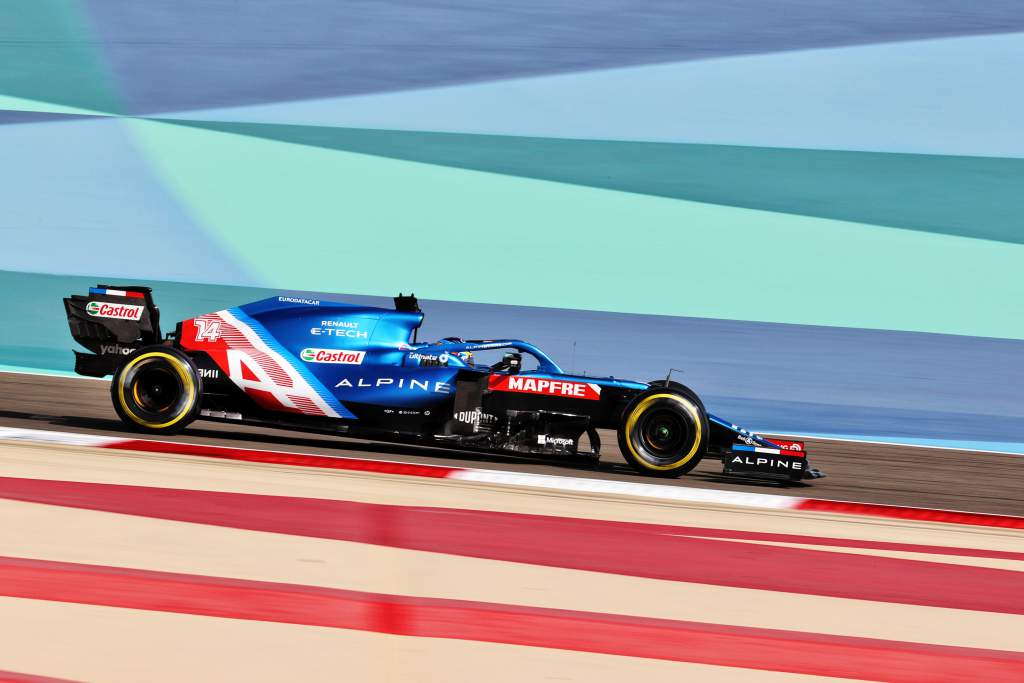
Outperforming Ocon to get Alpine into Q3 against the odds and then tigering a little higher up the top 10 early on is a decent return for race one of a comeback that Alonso feels like he’s put in a sensible context.
His mid-2010s rhetoric of wanting to prove himself the greatest driver of his generation via various quests such as his ‘Triple Crown’ pursuit and needing an F1 car worthy of his talents has been dialled down a bit.
He now talks more like a driver who’s approaching 40, who last won in F1 eight years ago, accepts he won’t be adding a third title and is comfortable with making a strong contribution to a team in transition because he knows he’s still quick and competitive enough to do that to a very high level.
Alpine is benefitting from Alonso being around, he’s certainly not embarrassing himself or damaging his legacy (the early part of his McLaren stint would’ve done that if it was going to happen) and he looks like he’s enjoying himself.
That’s three things that fellow 2000s legend Valentino Rossi can’t currently say the prolonging of his MotoGP career is achieving. So by those criteria, no, Alonso’s Alpine return probably is just McLaren part two repeated. But it really doesn’t matter.






